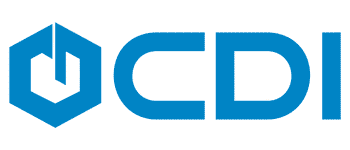Avoid Getting Spooked by Your Workflow this Halloween!
- CDI
- Oct 20, 2021
- 2 min read

October 2021 Consultant's Corner
By Kyle Knebel
This month's Consultant's Corner article will cover a topic I think you'll find very helpful. I brought this up during my training sessions on Laserfiche Workflow and thought I'd share it here, as well.
Laserfiche Workflows are powerful and can quickly change your Laserfiche content, either scheduled or when something changes in your repository. Many workflows are built with ‘Start Rules,’ which run a workflow based on specific criteria, like a newly created document moved to a particular folder. Most of the time, entries are being uploaded or managed by end-users, and then a workflow might run on that entry.
But what if a different workflow moved the original starting entry back to that same starting folder that was being monitored? Does Workflow care who put it there? And let’s say that the “starting” workflow runs on that document. What if this document gets processed and then ends up back in the same monitored folder? And then the process gets repeated? Now we have a problem! In a matter of seconds, there could be thousands of repeating workflows, looping back and forth, out of control. That’s a Halloween “nightmare” nobody wants to see!
A client many years ago had this situation occur to them with a workflow they had built. In their case, the Laserfiche system and SQL database was installed on the server’s C: drive (the primary drive). Unfortunately, their looping workflow created multiple entries and the log files so that it filled the C: drive and crashed the server! Our technical support team was able to recover the server and get them running again. However, I’m sure the client would have liked to avoid it.
So how do we solve this? One of the best ways to prevent “runaway” workflows is to add a specific condition to your start rules. Just add:
User does not equal {workflow user}
In the example screenshot below, the workflow account is ‘wf.’

However, additional criteria, like specifying an entry path or metadata requirements, will also prevent excessive workflows. The best practice is to be as specific as possible with the start conditions and use entry paths to limit an entry to trigger a workflow.
The example above shows that the entry type, path, metadata, and user are explicitly defined. This is always a good idea.
And that’s how you avoid a spooky workflow this Halloween!
Thank you, and have a Great Paperless Day!

CDI NEWSLETTER
Stay up to date with all the latest Laserfiche news, CDI webinars, blogs, and more!




My printer might be haunted.